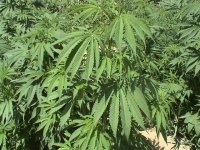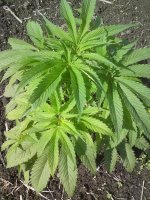cheese crossed with whitewidow seems to be confusing loads of peeps,,,
^^^its not a bad pic ,,,,it shows how the cheese grows low low low, an how them side branches allmost reach the same hight as the top
,,,,it shows how the cheese grows low low low, an how them side branches allmost reach the same hight as the top  ,,,when peeps ask "is this the real cheese",, i just show them that
,,,when peeps ask "is this the real cheese",, i just show them that
in my area the big name is blues,,,,,so everything gets mistaken for blues,,,,its a clusterfuck,,,im lucky i stayed out of it,,,,if i ever gave up my cheese mother it would be impossible to find it again in this mess of fake cheese clones
do you think EM`s smelly1 is better than the blues indi?,,,i ask because i think i might be smoking EM`s smelly1 everytime i buy a bag of blues from my local dealer an its still better than my blues clone
^^^its not a bad pic
in my area the big name is blues,,,,,so everything gets mistaken for blues,,,,its a clusterfuck,,,im lucky i stayed out of it,,,,if i ever gave up my cheese mother it would be impossible to find it again in this mess of fake cheese clones
do you think EM`s smelly1 is better than the blues indi?,,,i ask because i think i might be smoking EM`s smelly1 everytime i buy a bag of blues from my local dealer an its still better than my blues clone






